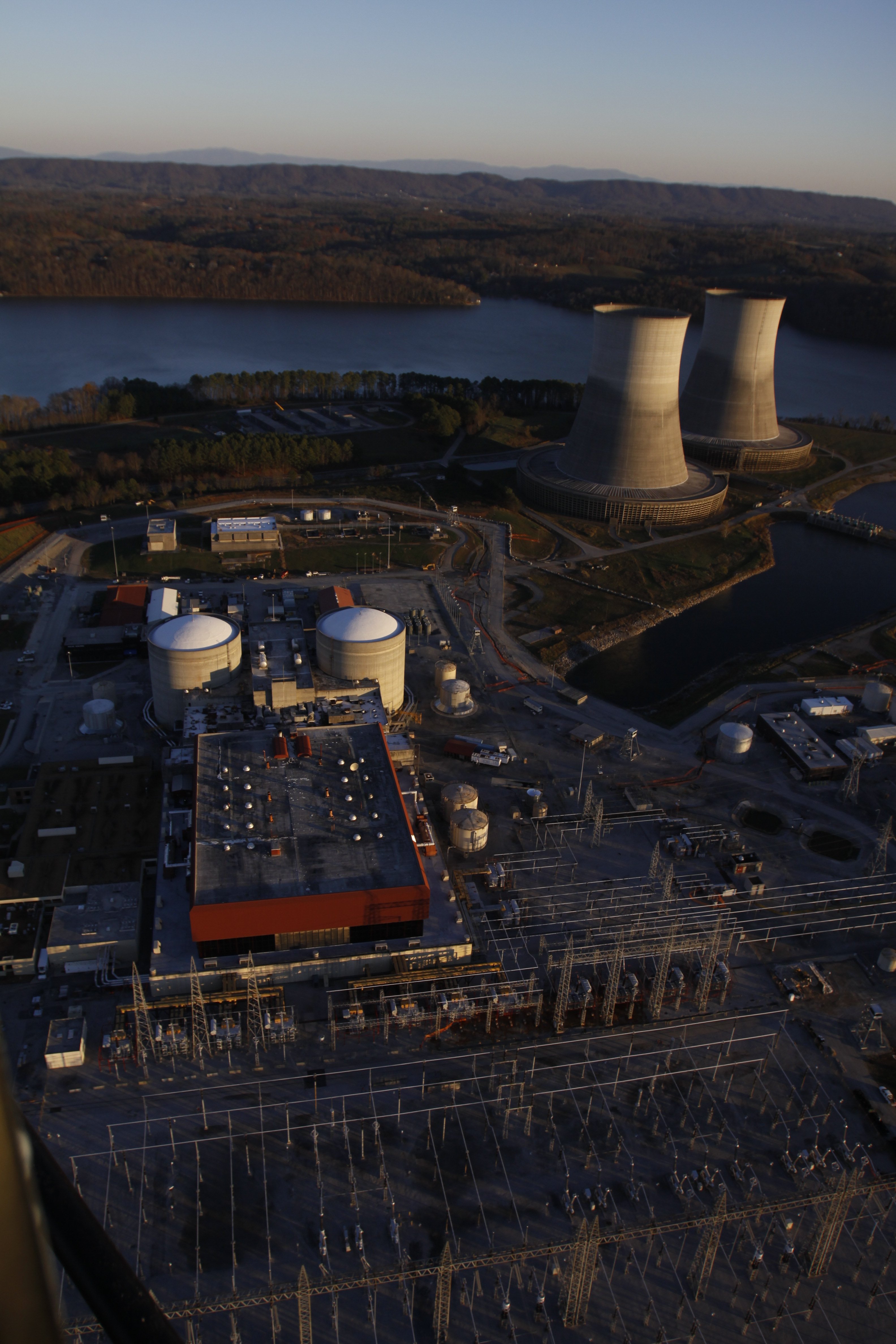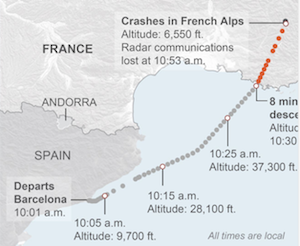Quake faults could affect Sequoyah, Watts Bar
Thursday, March 17, 2011
LOCAL NUCLEAR STORESIn addition to what's inside the core of six local reactors, TVA stores spent fuel and fuel rods at all three operating plants. In March, 2010, the stored wastes included: Sequoyah1,094 metric tons812 in pool storage inside the plant282 in casks outside the plantWatts Bar315 metric tons, all in pool storage inside the plantBrowns Ferry1,604 metric tons1,415 in pool storage inside the plant189 in casks outside the plantTOTAL: 3,013 metric tonsSource: Tennessee Valley Authority
The two reactors at TVA's Sequoyah Nuclear Plant in Soddy-Daisy have the nation's fourth-highest earthquake risk, according to assessments by the Nuclear Regulatory Agency.
Understanding of the risk at TVA nuclear plants at Sequoyah, Watt's Bar in Spring City, Tenn., and Browns Ferry in Athens, Ala., has grown in recent decades as knowledge has increased about earthquake research and fault mapping.
What's unclear now is what, if any, changes the upgraded risks might prompt.
At Sequoyah, about 20 miles north of Chattanooga, the chances of an earthquake causing core damage at each reactor are 1 in 19,608, according to an MSNBC.com analysis of new NRC risk assessments.
For local residents, those core odds are far greater than the chance of being struck by lightning, which the National Weather Service says is about 1 in 500,000.
NRC spokesman Roger Hannah on Wednesday said the analysis and a spreadsheet ranking of the nation's plants and their risks shouldn't be misinterpreted.
"It doesn't mean there is a safety issue or need for immediate action," Hannah said. "It may be determined that nothing needs to be done."
Up the road in Spring City, Tenn., the Watts Bar Nuclear Plant, licensed in 1996, has the 14th-highest quake risk among the nation's 65 operating plants.
There, the chance for reactor core damage is 1 in 27,778, according to the NRC.
And at Browns Ferry, licensed in the 1970s, the odds are 1 in 185,185 in reactors 2 and 3. Reactor 1's risk is 1 in 270,270.
Learning more
While Japan faces a crisis at a nuclear plant damaged after a 9.0 magnitude earthquake caused a tsunami, TVA called off a long-scheduled media tour Wednesday at its Watts Bar plant, the site of the only U.S. nuclear reactor under construction.
The utility said in a statement that the tour was indefinitely postponed "while the industry focuses on events in Japan."
When Sequoyah was licensed in 1980 and 1981, its risk for quake-induced core damage was 1 in 102,041. TVA officials have said it was built to withstand a 5.8-magnitude quake.
But at that time, most geologists thought the nearest seismic zone of note was West Tennessee's New Madrid fault. That fault let go in a series of quakes in 1811-1812 that formed Reelfoot Lake in West Tennessee and made the Mississippi River run backward for a time.
In the years after Sequoyah's design, researchers began studying the East Tennessee Seismic Zone, which scientists now know is the second-most-active quake zone east of the Mississippi River.
Stretching up along the Tennessee mountains from Alabama to Virginia, the 185-mile-long, 30-mile-wide East Tennessee seismic zone runs right through Chattanooga and the tri-state area.
It was responsible for a 4.6-magnitude quake near Knoxville in 1973 and a 4.6 quake near Fort Payne, Ala., in 2003.
TVA spokesman Ray Golden said conversations have just begun among TVA officials and NRC about the new risk assessments.
"There is a design basis [in place now] for all of our plants, and we are in full compliance with that. We will abide by whatever [new] requirement NRC has for us," he said.
Hannah said it's too early to know if the assessments will prompt changes, or what those changes might be. The rankings to help NRC prioritize further study were just completed in the fall, he said.
"We'll be sending letters soon," he said.
For now, a Sept. 2, 2010, memorandum sums up the work on "Generic Issue 199," as the effort is labeled in NRC documents online.
"Recent data and models indicate that estimates of the potential for earthquake hazards for some nuclear power plants in the Central and Eastern United States may be larger than previous estimates. While it has been determined that currently operating plants remain safe, the recent seismic data and models warrant further study and analysis."


